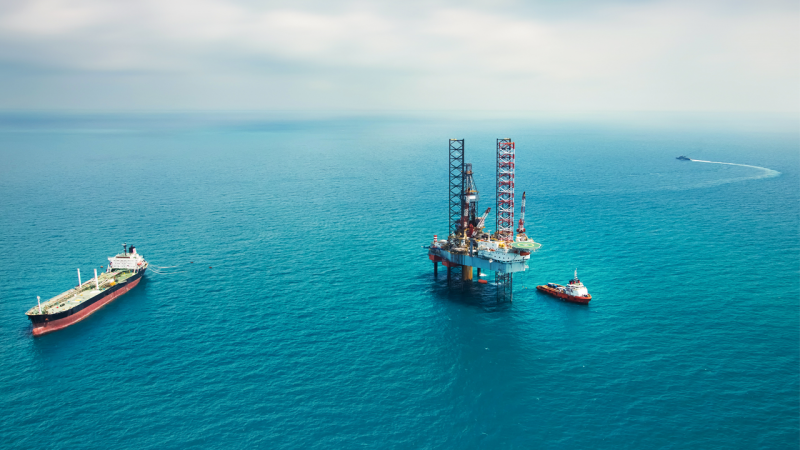Most ASX-listed oil and gas companies resemble the war weary today, having survived near insurmountable odds over the past five years just to keep their numbers on the bourse and their energy businesses operating.
At the start of Australia’s biggest oil and gas conference, AEP in Perth, the 70 ASX-listed hydrocarbon traders have had to weather multiple storms on a number of fronts over the past 60 months during which time tankers sat idle off coastlines with oil and gas storage tanks at full capacity during the height of the Covid-pandemic.
Global activist Greta Thunberg spearheaded an international campaign against “no new fossil fuels”, crude oil prices crashed to as low as $28 a barrel and banks coming under pressure not to fund any new fossil fuel activities all added to a bubbling cauldron. Throw carbon tax into the mix and it’s easy to see that oil and gas companies have been swimming upstream.
Now retired Glencore CEO Ivan Glazenberg, along with Warren Buffet’s Berkshire Hathaway, were two savvy investors who were the exception and made a fortune buying unfashionable oil and gas stocks at the peak of the pandemic and turned a tidy profit as oil prices rebounded.
Nevertheless, for most it’s been a tough trading environment on a landscape littered with a few corpses.
Data from Australian Oil and Gas Research reveal that in the past year, the market cap of all the oil and gas companies on the ASX shrunk 6% to $105 billion, with 5% attributed to the five billion-dollar cap companies on the bourse who contracted to $100 billion.
Since 2019, however, five oil and gas companies have been able to not only ride out the storm, but also thrive by delivering champagne popping growth to shareholders with Perth-based Pancontinental Energy at the top of the list.
According to Australian Oil and Gas Research data, the champion of champions during the period 2019 to 2024 were:
Pancontinental Energy (PCL): It pays to have licence blocks in the hottest O&G real estate on the planet, offshore Namibia in the Orange Basin, where the world’s biggest oil discoveries have been made in recent years by Total and Shell and attracted all the majors. PCL’s share price has risen 1200% over the past 60 months.
Melbana Energy (MAY): Sydney-based Melbana is focussed on exploration in Cuba, a Caribbean country burdened by US sanctions and striving to revive its own oil production to become independent of imports from Venezuela and Mexico. MAY’s share price has spiked 307% over the past five years.
Strike Energy (STX): Strike Energy and Karoon were the only two companies in the ASX oil and gas space to break through into the exclusive billion-dollar cap club. Perth Basin player STX did this towards the end of 2023, but has since slipped since back down into the middle order. STX’s share price soared 267% over the past 60 months.
Elixir Energy (EXR): Having trailblazing oil and gas legend Richard Cottee on your board as chairman carries a lot of currency. EXR is endeavouring to replicate the CSG success of Queensland in far flung Mongolia. The market is watching closely as Cottee previously transformed QGC from a $30 million market cap junior explorer into a behemoth acquired by Shell for $5.7billion that triggered the pathway to three LNG plants on Gladstone Island. Over the past five years EXR’s shares have soared 206%.
Karoon Energy (KAR): Karoon Energy is the only billion-dollar oil and gas cap company on the ASX to make it into the top five. The company posted record profits of $122.5 million in January, largely due to its stake in the Who Dat oil field in the Gulf of Mexico. KAR’s share’s spiked 107% over the past 60-months.

